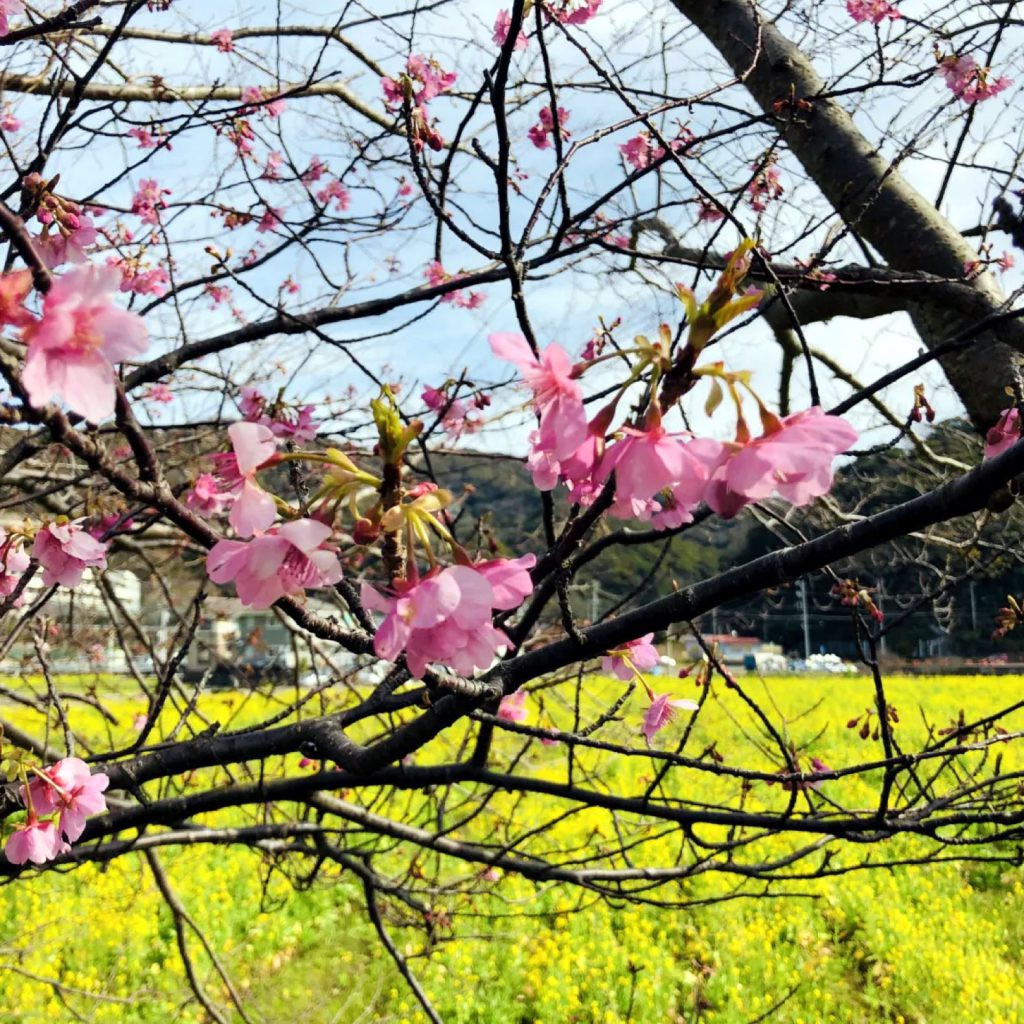
It’s Daikan(cold weather) tomorrow from January 20th to February 3th. Daikan, as the name suggests, refers to the time of year when the coldest weather is severe. The year is divided into 24 equal parts according to the movement of the sun, and the name given to each season is called 24 solar terms, but Daikan is the last solar term. In fact, according to past observation data by the Japan Meteorological Agency, it is known that most of the days with low maximum temperatures and low minimum temperatures are in the “season of Daikan.” The last day of Daikan is Setsubun, which is familiar with bean-throwing. In the days of the lunar calendar, Risshun was the beginning of the new year. “Kanchumimai(winter greeting card” is served in the season of Daikan, but when the cherry blossoms and rapeseed blossoms bloom, I hesitate to serve “Kanchumimai”.
明日1月20日から2月3日までは大寒です。 大寒は、その名の通り「一年で最も寒さが厳しくなる」時期を指します。1年を太陽の動きに合わせて24等分し、それぞれの季節に名称を与えた呼び方を二十四節気と言いますが、大寒は最後の節気です。実際に、気象庁による過去の観測データによると、最高気温の低い日と最低気温の低い日どちらもほとんどが「大寒の時期」であることが分かっています。大寒の最終日(立春の前日)が、豆まきでおなじみの節分です。旧暦のころは、立春が新しい年の始まり、つまり旧正月で、節分の豆まきは年越しの行事にあたるわけです。寒中に出すのが「寒中見舞い」ですが、サクラが咲き菜の花が咲くようでは「寒中見舞い」を出すのも憚れますね。
